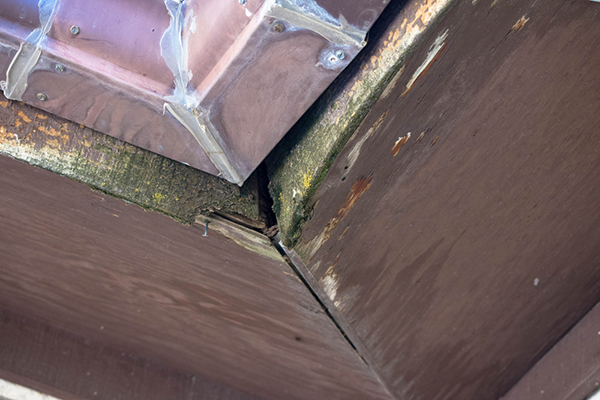Explaining the Importance of Eave Flashing to Homeowners
Author: Sheryll Poe | October 12, 2023
Your residential roofing customers know there are events beyond their control — like high winds and downed trees — that can diminish the investment they've made in a new roof or roof repair. What they may not know is how eave flashing on their roof provides an extra layer of defense.

A home's roof is under constant assault from weather-related events and their aftermath. In fact, damage from natural disasters is the most common cause of all home insurance claims, according to Travelers. From 2009 to 2016, 24 percent of Travelers homeowner's insurance claims were attributed to wind damage that had uprooted trees, damaged roofs, collapsed walls or worse. Another 11 percent of insurance claims were the result of weather-related water damage, including leaky roofs, burst frozen pipes and ice dams. This is all important context for a roofing contractor. Instead of scaring clients with these stats, however, you should reassure them that you have the solutions to protect their roof.
The Last Line of Defense
While most people think of roof flashing in high volume flow areas like valleys and joints, rainwater and storm runoff can curl around the lower edge of the roof decking and seep into any gap between the eaves and the fascia board. Installing eave or drip flashings on the edges of the roof is the best way to protect a roof from this type of water penetration. Use visuals to show customers how these L-shaped strips — made from either metal, aluminum, vinyl or copper — are placed along the edge and extended beneath the roof overhang to channel any runoff into the gutter. Explain how, without an overhang at the eave, water can leach in and rot decking.
Eave flashing also prevents damage from ice dams by blocking out ice buildup that would otherwise seep along the eaves and under the roof deck. The Asphalt Roofing Manufacturers Association recommends installing a double layer of asphalt-saturated felt to shield from leakage. Combining this underlayment with a drip edge can help you offer thorough protection for your residential customers.
What Type of Home Is Eave Flashing Appropriate For?
While most building codes do not require the installation of eave or drip flashing, nearly all roofs benefit from this extra layer of protection. Steep-sloped roofs in cold areas prone to ice and snow are the most likely candidates for eave or drip flashing, as are homes with flat roofs where water accumulation is an issue. Even if you're working on a simple, separate roof repair, consider recommending a drip edge to homeowners who don't currently have one. Explain that flashing can often be installed without tearing up the entire existing roof.
Ultimately, your customers should know that eave flashing is an inexpensive addition with minimal impact on the cost of a roof installation or repair project. It can blend in with the style and color of your home, and even prevent costly repairs down the road. It's advice like this that helps you establish a trusting and loyal relationship with homeowners.